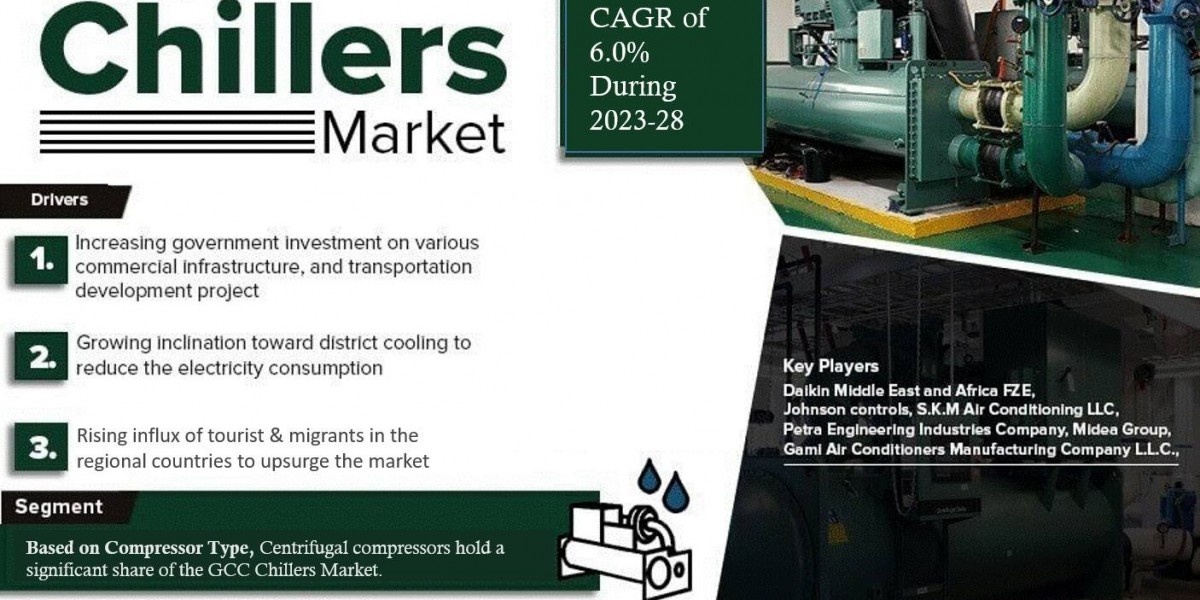Electronic Toll Collection: Revolutionizing Road Infrastructure Management
Electronic Toll Collection (ETC) systems have transformed the way governments and private operators manage toll roads, offering seamless, automated toll payment solutions that reduce congestion, enhance efficiency, and support smart transportation ecosystems. ETC eliminates the need for vehicles to stop at toll plazas, enabling real-time toll deduction through advanced technologies such as Radio Frequency Identification (RFID), Dedicated Short-Range Communications (DSRC), Global Positioning System (GPS), and mobile app-based payment gateways.
Market Dynamics
The ETC market has been witnessing strong growth due to the increasing need for efficient traffic management, the rise in vehicle numbers globally, and the push for smart infrastructure in both developed and emerging economies. Governments are adopting ETC systems to reduce fuel consumption, lower carbon emissions, and improve road safety by eliminating stop-and-go traffic at toll booths.
Key Technologies
RFID-Based Systems: Widely used due to cost-effectiveness and reliability. Tags installed on windshields interact with RFID readers at toll booths for automatic toll collection.
DSRC: Offers high-speed, two-way communication, enabling toll collection and other value-added services such as traffic information and route optimization.
ANPR (Automatic Number Plate Recognition): Captures license plate data through cameras, suitable for pay-by-plate systems.
GNSS/GPS-Based Systems: Used in open-road tolling, particularly for trucks and fleet management, where tolling is based on distance traveled.
Benefits of ETC
Reduced Traffic Congestion: Vehicles can move without stopping, reducing waiting time and bottlenecks.
Environmental Impact: Minimizes emissions and fuel consumption.
Operational Efficiency: Automates toll collection, minimizing human error and lowering labor costs.
Enhanced User Experience: Offers convenience with digital payments and detailed usage reports.
Improved Transparency: Digital records ensure accountability and auditability.
Applications
Highways and Expressways
Urban Toll Roads
Bridges and Tunnels
Border Crossings
Congestion Pricing Zones
Regional Insights
North America: Mature ETC market with widespread use in the U.S. and Canada.
Europe: Strong adoption driven by environmental policies and cross-border travel needs.
Asia-Pacific: Fastest-growing region, led by countries like China and India investing in large-scale transportation infrastructure modernization.
Latin America and Middle East: Emerging markets with increasing toll infrastructure development.
Challenges
Interoperability: Ensuring systems across regions or states are compatible.
Privacy and Security: Protecting user data and financial transactions.
High Initial Costs: Infrastructure setup and technology implementation can be expensive.
Future Outlook
The ETC market is expected to continue expanding as smart city initiatives and digital transportation infrastructure gain momentum. Integration with mobile payment systems, vehicle-to-infrastructure (V2I) communication, and AI-driven traffic analytics will further enhance the capabilities and benefits of electronic tolling.
Read More








